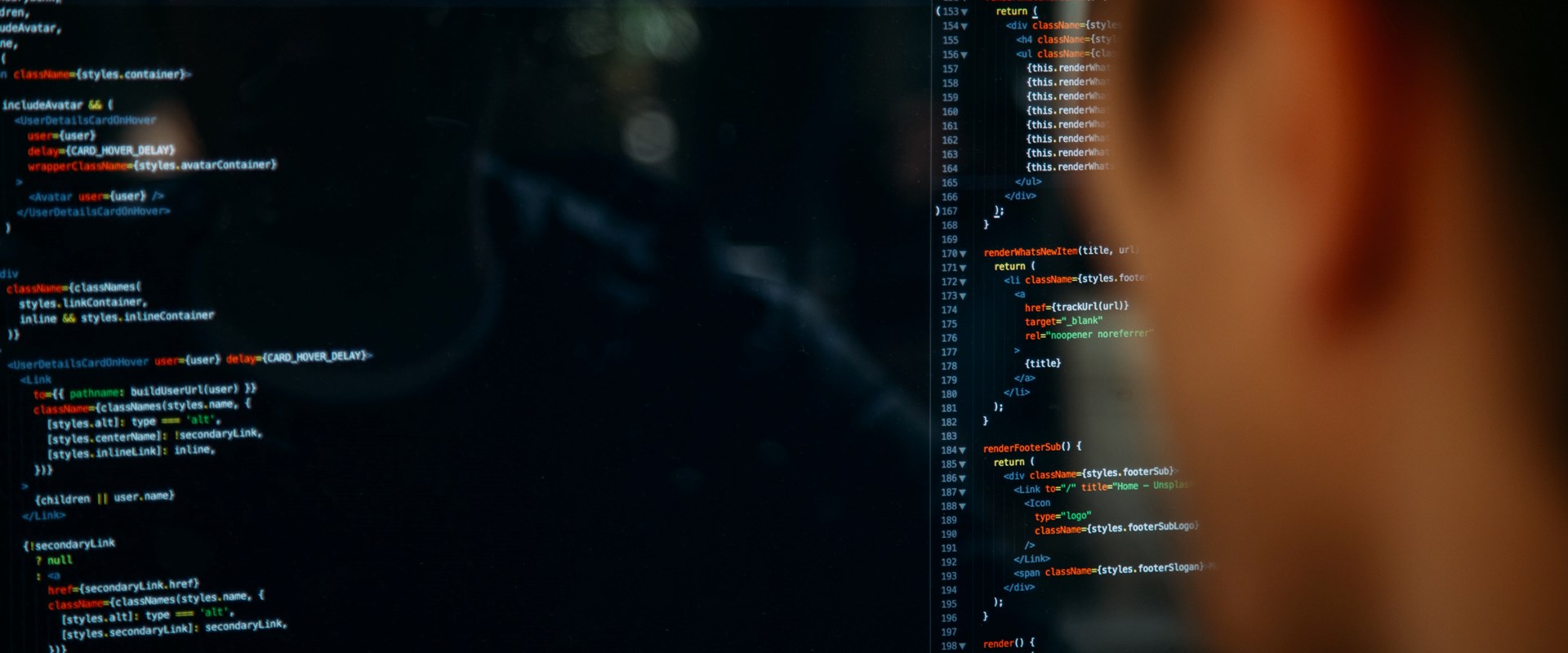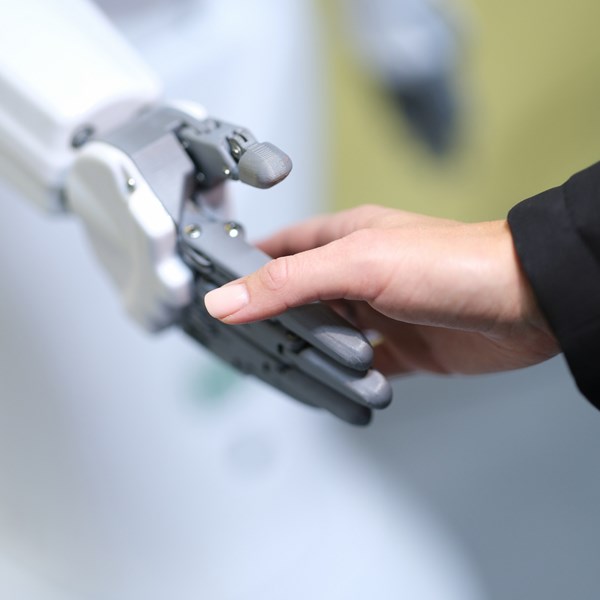Following on from our introduction article on AI and advanced materials discovery, we take a closer look at the underlying principles, filing trends, and example cases.
CAN MACHINE LEARNING INCREASE THE RATE OF INNOVATION?
The motivation to apply machine learning algorithms more widely within materials science is to greatly enhance the performance of a task1. This enhancement is achieved by leveraging statistical method-based algorithms to efficiently classify data or make informative predictions.
As the level of training of a machine learning system increases, so too does its ability to provide improved outputs. Highly trained machine learning algorithms are particularly desirable in ‘big data’ scenarios where traditional methods hinder the efficient analysis of large datasets.
WHAT IS MEANT BY MACHINE LEARNING ALGORITHMS?
UC Berkeley characterises a typical machine learning algorithm as comprising, in general terms2:
- A decision process that, based on some received input data, is directed to returning a guess at a pattern in the input data.
- An error function that measures the quality of the guess based on a comparison to known examples.
- An optimization process that refines the decision process to minimise future ‘wide off the mark’ guesses.
For example, an algorithm for suggesting new semiconductor materials might compare a candidate semiconductor to known semiconductors to derive a weighting system for particular features. Actual weights are assigned to the known semiconductors during algorithm training.
In a subsequent testing phase, the algorithm modifies the weights if a candidate semiconductor fails to meet a target criterion (e.g., its bandgap falling within a target energy range).
PATENT FILING TRENDS IN MACHINE LEARNING SHOW FIVE YEARS OF SIGNIFICANT GROWTH
We have previously commented on the considerable growth in AI patent filings over the past decade.
To gain insight on filings relevant to machine learning for materials discovery specifically, classification G16C20/70 of the Cooperative Patent Classification scheme, Machine learning, data mining or chemometrics, can be used.
A search for patent applications classified under G16C20/70 reveals an above six-fold increase in patent applications published from 2016 and 2021, from 91 to 668 (source: PATENTSCOPE).
Chinese patent applications dominate this classification, while the top five applicants span the technology spectrum: IBM, Samsung Electronics, 3-Dimensional Pharmaceuticals, Biodesix, and Fujifilm.
EXAMPLES OF PATENTS IN MACHINE LEARNING
An early example in this field is US6763309B2. Directed to a method and system for the development of materials, the claimed invention comprises a computer-assisted knowledge cycle that uses, for example, theoretical and modelling investigations to generate working hypotheses and suggested steps for guiding the search for better materials (e.g., heterogeneous catalysts).
A further example is US2021303762A1 “Expert-in-the-loop AI for materials discovery”. The underlying invention in this case seeks to accelerate polymer materials design and discovery, in part training a machine learning model to replicate a subject matter expert's decision.
Recent European cases include:
- EP3168765A1, the published claims of which concern a method for searching a new material by “performing a learning on a material model which is modelled based on a known material; determining a candidate material by inputting a targeted physical property to a result of the learning; and determining the new material from the candidate material”.
- EP3876237A1, directed to identifying stable compounds for hydrogen storage inter alia by generating a machine learning model using molecular descriptors, and by predicting the formation energy of each of a set of generated compounds using a computational database of formation energies.
The above examples share a common purpose in seeking patent protection for a method for material discovery, US6763309B2 further demonstrating that a patent can be granted for such subject-matter.
Innovators in the advanced materials space may, nonetheless, also seek protection for products incorporating newly discovered materials. Copyright or other rights (e.g., trade secrets) for a machine learning-based invention may also be available3.
In the next article we’ll consider pitfalls in seeking patent protection for the algorithm aspects of an AI-based invention, and tips to avoid them.
To find out more about how IP can help you maximise the commercial value of your advanced materials innovation, feel free to contact us at info@potterclarkson.com.
FURTHER READING
- Such as searching for inorganic quantum dot compositions or accelerating toughness optimization in additive manufacturing.
- Further details of machine learning, with examples relevant to machine learning in solid-state materials science, can be found here.
- For information on protecting software more generally, please see our guide to software patents.







